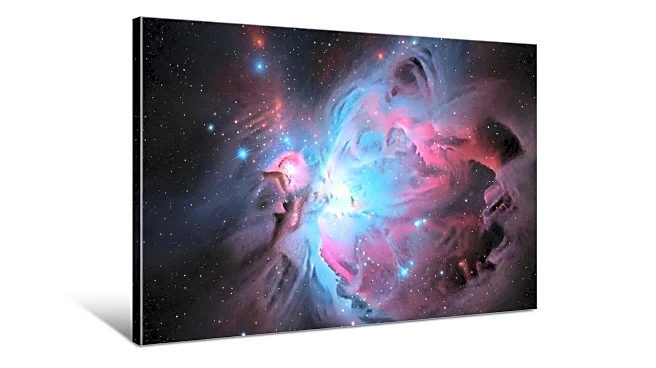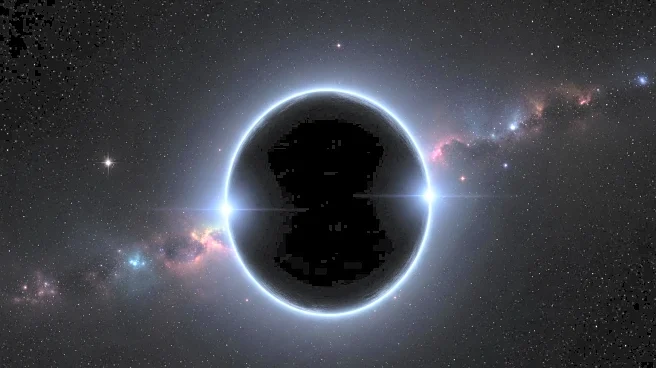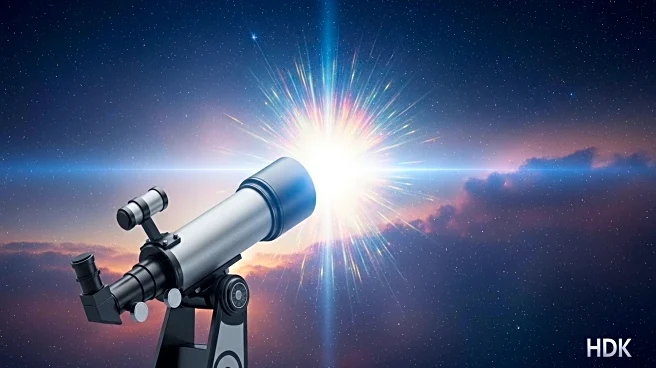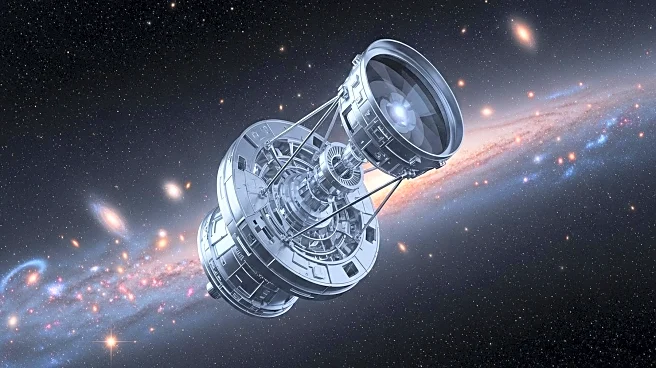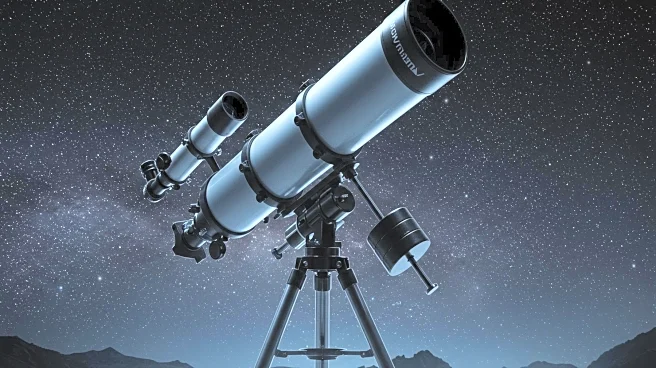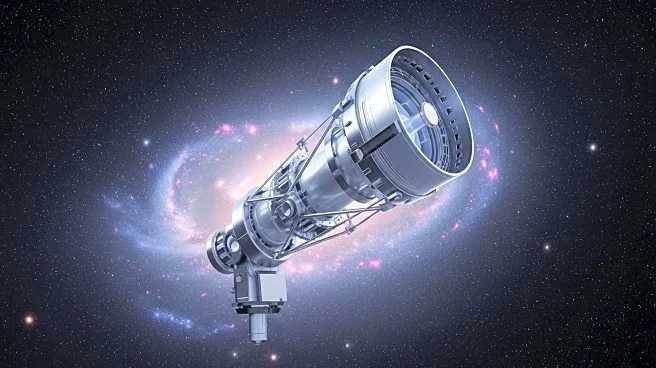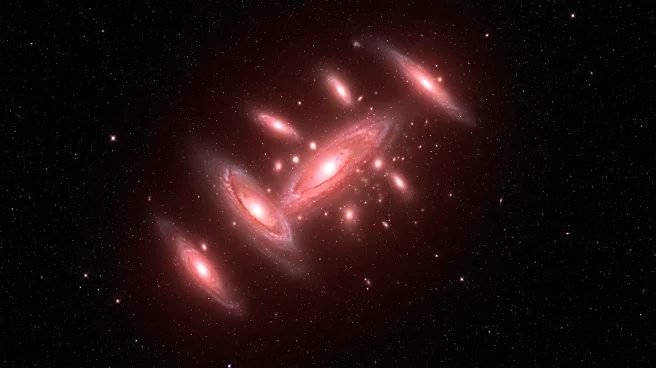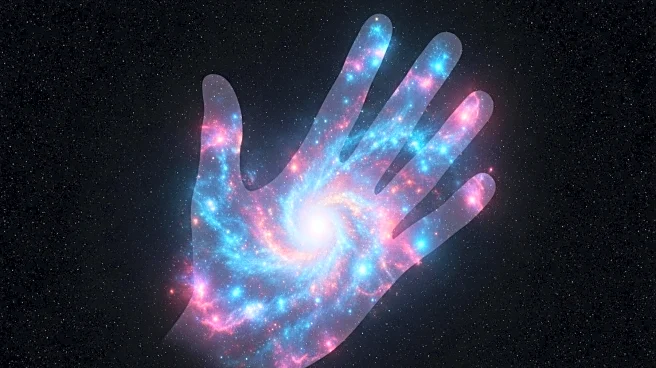Rapid Read • 6 min read
Recent studies have challenged the long-held belief that the first stars in the universe were uniformly massive. Two separate research efforts, one involving astrophysical computer simulations and the other laboratory experiments, have indicated that early gas clouds in the universe may have formed lower-mass stars. The simulations showed that turbulence within these clouds caused fragmentation into smaller clumps, leading to the formation of less massive stars. Additionally, the laboratory experiments demonstrated that molecular hydrogen, a crucial element for star formation, was more abundant earlier than previously believed. This abundance of molecular coolants allowed smaller clouds to cool and collapse more rapidly, resulting in the formation of lower-mass stars.
AD
This discovery has significant implications for our understanding of the early universe and the formation of stars and planets. The findings suggest that the second generation of stars, which are the oldest observable stars today, may have formed earlier than previously thought. This could alter our understanding of the timeline of cosmic evolution and the conditions that led to the formation of the first planets. The research also highlights the importance of chemical processes in the early universe, which may have been more active than previously assumed, potentially influencing the development of galaxies and other cosmic structures.
AD
More Stories You Might Enjoy
